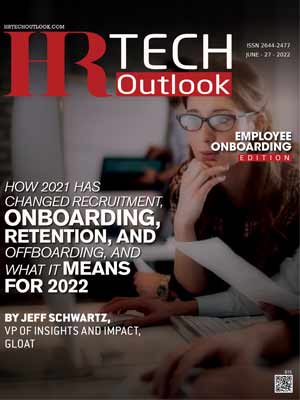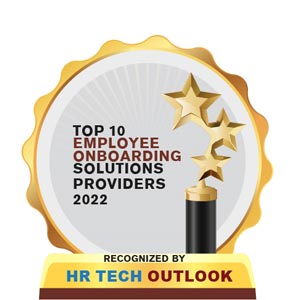The great resignation is slowly transforming into a great negotiation. Enterprises are staring at a situation where potential hires can be lost to competitors at the click of a button. In 2022, tackling these challenges means organizations will need to revamp their onboarding process and rethink their retention strategies. The outlook towards talent acquisition, will also need to expand, and the four C’s of onboarding— Connection, Culture, Clarification, Compliance, must start from offer acceptance.
One of the ways in which the term “onboarding” is getting expanded is the increased focus on pre-onboarding. With potential employers, only a LinkedIn search or referral away, the time window between offer confirmation and the first day is becoming a crucial decider between drop-off or joining. It’s like college football. Top athletes have multiple options to choose from. What seals the deal is how well the managers showcase their team culture with the talent’s aspirations. The same concept applies to hiring in 2022, according to trends for onboarding employees.
Omnichannel communication strategies rose to prominence in the e-commerce industry. Its primary goal was to increase customer satisfaction and deliver a seamless shopping experience. But as digital interactions started to expand to every aspect of daily activities, omnichannel interactions have become a default expectation—even in the hiring process.
Today, based on analysis of employee onboarding trends for 2022 a talent expects to get a necessary document from a chatbot, submit it on the interface, obtain a signed copy on their email, and get updates on WhatsApp on the document’s status. The demand for flexibility in interaction is at an all-time high. Companies that can deliver a seamless experience using new employee onboarding software stand to gain big.
Hybrid working models are here to stay, as evidenced by employee onboarding trends for 2022. By 2023, 25% of all professional jobs in U.S. are expected to be remote. Moreover, the workforce is set to diversify in a way that has never been seen before. From Gen Zs entering the workforce to millennials and Gen X rising to managers and C-suite executives—modern enterprises are a cocktail of opinions and philosophies.
















